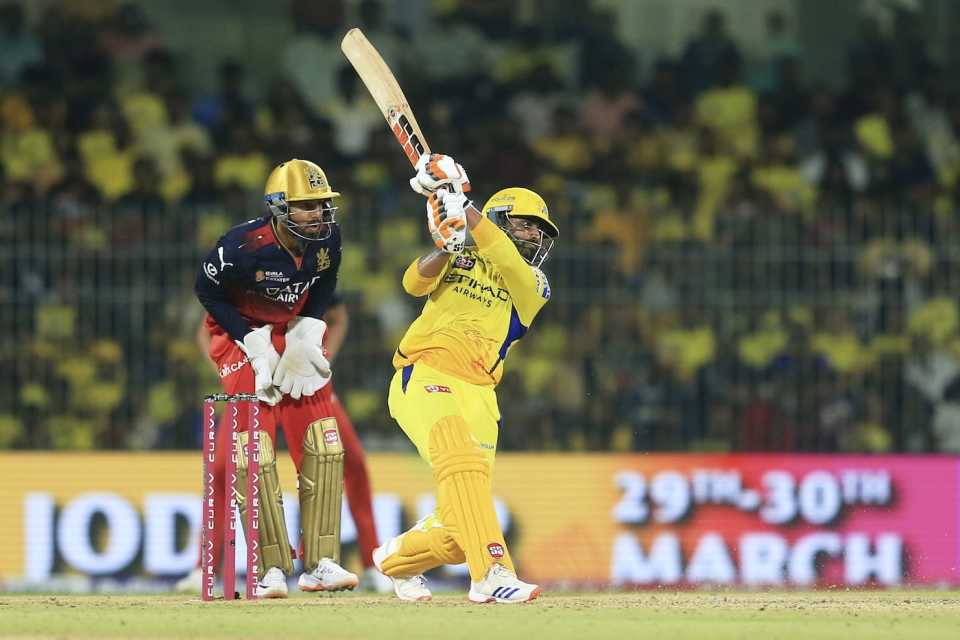Learn How to Play Cricket Like a Pro – Even If You’re a Total Newbie
Are you fascinated by the energy of cricket but feel overwhelmed about where to begin? You’re not alone. Whether you’re...

Are you fascinated by the energy of cricket but feel overwhelmed about where to begin? You’re not alone. Whether you’re an absolute novice or someone looking to sharpen your fundamentals, this guide will teach you how to play cricket the right way. From understanding cricket rules and basic laws of cricket to learning fielding positions in cricket, you’ll get everything you need to feel confident on the pitch. Let’s break it all down in simple, beginner-friendly steps.
What Is Cricket and Why Should You Play It?
Cricket is one of the most popular sports in the world, played in over 100 countries. It promotes physical fitness, hand-eye coordination, and strategic thinking. But more than that, it builds teamwork and passion like no other sport.
Whether you play for fun, fitness, or ambition, cricket has something for everyone. And the best part? You don’t need a full stadium or professional kit to start—just the will to learn.
The Basic Rules of Cricket Explained
If you’re learning how to play cricket, understanding the basic rules is crucial. Here’s a quick breakdown:
- Teams: Two teams with 11 players each.
- Objective: Score more runs than the opposition.
- Innings: Each team gets one or two turns (innings) to bat.
- Overs: One over consists of six balls bowled.
- Dismissals: Batters can be out by being bowled, caught, run out, or leg before wicket (LBW).
📝 Pro Tip: A match can range from 20 overs (T20 format) to five full days (Test cricket).
Know the Laws of Cricket That Matter Most
The laws of cricket, governed by the Marylebone Cricket Club (MCC), form the foundation of fair play. Key ones to know:
- Law 18: Defines scoring runs.
- Law 24: Covers no-balls and wides.
- Law 36: Explains the LBW (Leg Before Wicket) rule.
These aren’t just technicalities—they affect how you play, defend, and score. Stay updated with official rulebooks or trusted cricket bodies like ICC (external, nofollow).
Equipment You Need to Get Started
Getting the right cricket gear is essential for safety and performance. Here’s your starter kit:
- Bat: Choose based on your height and strength.
- Ball: Tennis balls for practice, leather balls for matches.
- Protective Gear: Pads, gloves, helmet.
- Shoes: Cricket-specific footwear with grip.
🎯 Bonus: If you’re unsure about sizing, visit a local sports store and try gear in person.
Mastering Fielding Positions in Cricket
Understanding fielding positions in cricket helps you play smart defense. Learn these basics:
- Slip: Stands beside the wicket-keeper to catch edges.
- Mid-on & Mid-off: Positioned near the bowler on either side.
- Square Leg: At a 90° angle to the batter on the leg side.
- Fine Leg: Positioned near the boundary on the leg side.
These positions shift depending on the bowler’s style and batter’s strength. Practice moving between them to improve awareness and agility.
Batting: The Fun Part
To bat like a pro, focus on:
- Grip: Hold the bat with a relaxed, firm grip.
- Stance: Feet shoulder-width apart, knees slightly bent.
- Shot Selection: Defend bad balls, punish loose ones.
- Running Between Wickets: Communicate with your partner and sprint hard.
Practice drills like shadow batting and throwdowns to improve muscle memory and shot execution.
Bowling: Accuracy Over Power
Even if you don’t have raw pace, bowling is about control. There are two main types:
- Fast Bowling: Uses speed to beat batters.
- Spin Bowling: Relies on turning the ball off the pitch.
📌 Focus Areas:
- Seam or finger grip.
- Smooth run-up.
- Consistent line and length.
Start slow and work up to full speed only when your action is stable.
Tips to Improve Quickly
Want to speed up your progress? Here are proven methods:
- Watch Matches: Learn from pros—observe how they handle different situations.
- Join a Local Club: You’ll get real match practice and feedback.
- Use Apps or Online Drills: Platforms like CricHeroes offer player stats and tracking tools.
- Record Yourself: Analyze your stance, bowling action, or fielding skills.
Final Thoughts
Learning how to play cricket is not about perfection—it’s about progress. Whether you’re practicing your stance in your backyard or gearing up for your first match, every moment you spend with the bat or ball takes you closer to becoming a better player. Start small, stay consistent, and enjoy the game!



